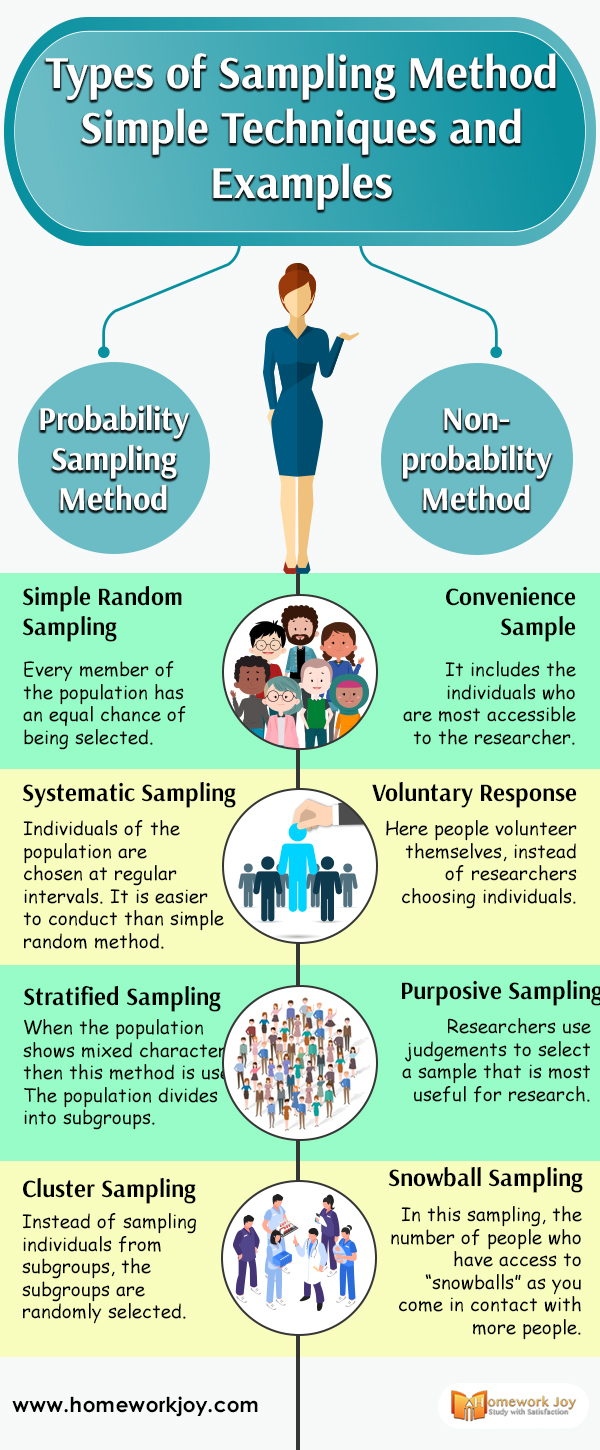Since practically, it is impossible to study the whole population. Thus, the sampling method is there. It allows researchers to get information about a community based on the subsets of the people. Through this method, researchers don’t have to study every individual to get the desired results. That is why there are different types of sampling methods that researchers use.
Before moving ahead, let’s have a quick look at some of our new posts:
What is the Elasticity of Demand? | An Overview
Definition of Monopoly in Economics | Economics Help
Now let’s see what the different types of sampling methods that researchers use are.
Probability Sampling Method
This types of sampling method utilize random sampling techniques to create samples. Here members of the population have equal chances of being selected.
Simple Random Sampling
Every member of the population has an equal chance or an equal probability of being selected. The simplest way to do this type of sampling is by giving each member a number. Suppose you have 1000 people, and each of them labeled with 1-1000 numbers. So here you’ll have a random table to select anyone.
Systematic Sampling
Individuals of the population get chosen at regular intervals. It is easier to conduct than a simple random method. For example, if you want 100 people out of 1000 population, select every 1000/100=10th member fo the population.
Stratified Sampling
The population divides into subgroups, where people share similar characteristics. This type of sampling method is useful for the measurement of interest between various subgroups. For example, in the study of stroke results, we often use this method to ensure an equal number of men and women.
Cluster Sampling
Instead of sampling individuals from subgroups, the subgroups are randomly getting selected. These subgroups are known as clusters. For example, the whole towns could be labeled as clusters.
Non-probability Method
In the non-probability method, all the units of the population do not have an equal chance. It further divided into four types of sampling method:
Convenience Sample
In these types of sampling methods, participants are here selected as per the availability and whoa re willing to take part.
Voluntary Response
It is an inexpensive way to conduct a study. Here people volunteer themselves, instead of researchers choosing individuals—for example, the Ann Landers Survey on Parenthood.
Purposive Sampling
Researchers use judgments to select a sample that is most useful for research. That is why it is known as purposive, judgmental, or selective sampling. It is relatively straightforward.
Snowball Sampling
In this sampling, existing subjects nominate further subjects known to them. That is why sampling increases like a rolling snowball. The method is useful in social science.
Therefore, these were some popular types of sampling methods wit examples. If you need more help related to similar topics, take instant online homework help from our professors.
